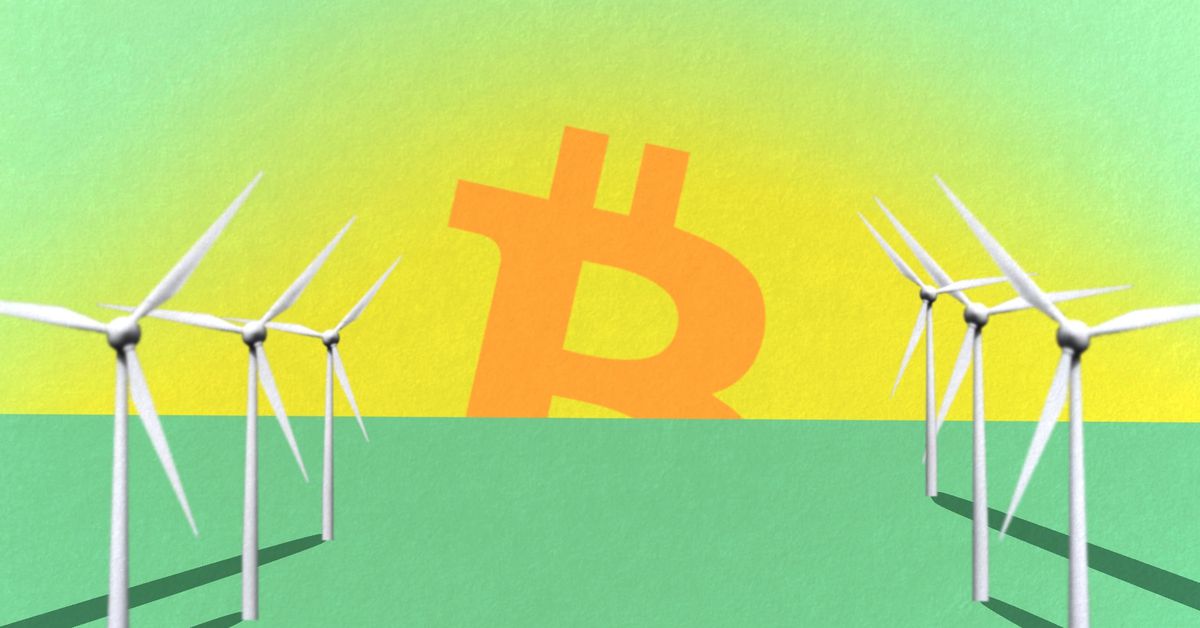Bitcoin’s (BTC) high fees brought mining revenues back to bull market levels, but not for long

Bitcoin (BTC) miners, hit by the brutal crypto winter of 2022, are reaping record revenues as transaction fees on the network have risen to the highest level in two years.
A miner’s income consists of two components: block rewards, currently set at 6.25 BTC ($175,000), and transaction fees, which vary based on network demand. Traditionally, or at least since 2017, fees have been lower than rewards.
Ordinals allow the inscription of non-fungible tokens and the creation of bitcoin-backed fungible tokens, known as BRC-20s. These tokens have been used to create meme coins which have seen huge jumps in value in the last week or so.
On Tuesday, bitcoin transaction fees represented 75% of the current block reward, currently at 6.25 BTC, as opposed to the usual 2%-5%, said Tim Rainey, treasurer of Greenidge Generation Holdings (GREE). “This is roughly equivalent to the increase in mining revenue if the bitcoin price rose from today’s $28,000 level to $50,000,” he said.
The Bitcoin price was last around $50,000 levels back in 2021’s bull market, as miners brought in record levels of margins. However, the margins evaporated very quickly, in 2022, after bitcoin collapsed, energy costs increased and capital markets essentially stopped providing new funding.
“The last two days (Sunday and Monday) have consistently been Cipher’s highest grossing days ever. We mined about 21 bitcoins on Sunday and about 24 bitcoins on Monday,” company CEO Tyler Page told CoinDesk.
However, the unexpected revenue bump may not last long as users are already looking elsewhere for their transactions due to high fees.
This trend is expected to last just another week or so, according to TeraWulf ( WULF ) Chief Strategy Officer Kerri Langlais.
For example, use of the Lightning Network, a layer 2 solution for transaction processing, as well as stablecoins in some regions, has seen an increase in transactions. Meanwhile, the increase in profitability is not enough to motivate miners to dust off their older mining computers to relieve the network, according to TheMinerMag research manager Wolfie Zhao.
“The hype [around Ordinals] cannot be sustainable” and fees have already fallen 60%-70% from their peak, but it’s possible that as use cases increase demand for block space, so will fees, according to Charles Chong, senior manager of business development at Foundry, which runs the world’s largest mining pool and is owned by CoinDesk’s parent company, Digital Currency Group.
Ethan Vera, chief operating officer of mining services firm Luxor Technologies, said that even if the hype wears off, “a higher base demand has been established on the mempool resulting in higher transaction fees for miners.” Mempools are essentially waiting rooms for bitcoin transactions.
The sudden high fees have also put the mining pools to the test as their revenue composition has changed drastically.
About 17-25% of their revenue contribution in May came from transaction fees, as opposed to the 1-3% range that was the case for the rest of 2023, according to TheMinerMag’s Zhao.
This unexpected change results in pools needing to hold more bitcoin reserves, according to Foundry’s Chong. “For FPPS [full pay per share] pools, this means that they need to hold more BTC reserve as the pool luck component is exacerbated by the high fees, meaning that if a pool is unlucky during this period, it will incur a greater loss by paying miners the fees that it have not collected. he said.
FFPS pools, the method Foundry USA also uses for payouts, share the transaction fees with the miners according to how much hash rate they contribute, based on an estimated average transaction fee for a given time period. This means the pool should have more bitcoin in reserve in case it gets unlucky and doesn’t win enough blocks with enough revenue to meet user payouts, explained Colin Harper, head of content and research at Luxor.
At the same time, congestion and rapid changes in the mempool are challenging the technology of the pools, as they must “quickly adapt the order of the transactions and maximize the fee reward to the customers,” Chong added.
A possible silver lining to this short-lived phenomenon is that it offers a glimpse into the future of bitcoin miners, when the bitcoin network will eventually stop issuing block rewards sometime around 2140, and miners will only bring in transaction fees.
“Although ultimately it is up to the market to decide the sustainability of this new application [Ordinals]we see this as a positive long-term development for the security budget of Bitcoin as block rewards will eventually cease and miners will rely entirely on transaction fees for compensation,” investment bank Stifel GMP analyst Bill Papanastasiou wrote in a research report.
The transaction fee debacle also shows the importance of miners to the integrity of the entire network.
“Without mining, there is no BTC,” and miners will be well compensated in the future as bitcoin usage grows, TeraWulf’s Langlais said.























